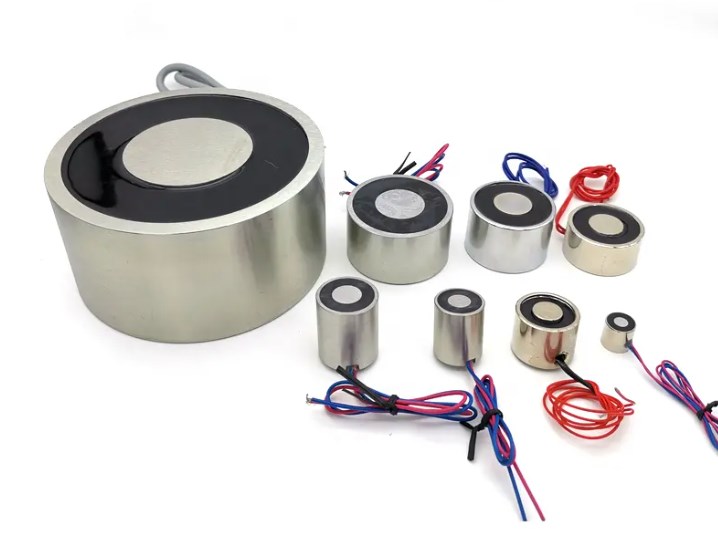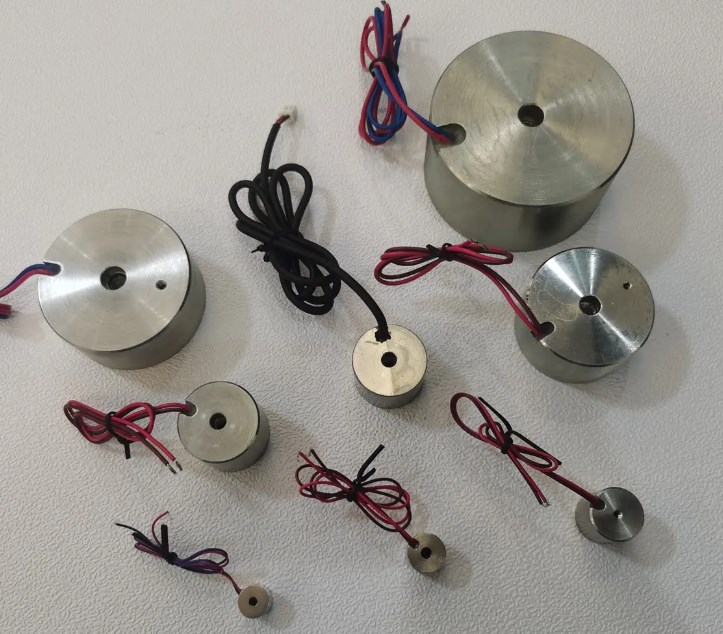Alnico vs. Rare Earth Magnets: Understanding the Differences and Applications
What is the difference between alnico and rare earth magnets?
In the vast and evolving world of magnetics, Alnico and rare earth magnets stand out due to their distinct properties and wide range of applications. From basic science projects to complex industrial machinery, understanding the differences between these two types of magnets and their applications is crucial for making informed decisions in various fields. This article dives into the key characteristics, advantages, disadvantages, and uses of Alnico and rare earth magnets, shedding light on their unique roles in today's technological landscape. 
What are Alnico Magnets?
Alnico magnets are made from an alloy of aluminum (Al), nickel (Ni), and cobalt (Co), with the addition of iron and other elements. Invented in the 1930s, these magnets are known for their excellent thermal stability and resistance to demagnetization. Alnico magnets can be produced through either casting or sintering processes, with cast Alnico magnets offering the highest magnetic strength. Their magnetic field strength, however, is not as strong as that of rare earth magnets.
What are Rare Earth Magnets?
Rare earth magnets are strong permanent magnets made from alloys of rare earth elements, primarily consisting of neodymium (NdFeB) and samarium-cobalt (SmCo). Discovered in the 1970s and 1980s, these magnets are the strongest available, offering high magnetic field strength and coercivity. Neodymium magnets, in particular, are known for their exceptional strength and affordability, while samarium-cobalt magnets offer higher temperature stability and corrosion resistance.

Differences in Properties and Applications
-
-
Composition:
- Alnico Magnets are made from an alloy of aluminum (Al), nickel (Ni), and cobalt (Co), along with iron and sometimes copper and titanium.
- Rare Earth Magnets are made from alloys of rare earth elements. The most common types are Neodymium (NdFeB) magnets, made from neodymium, iron, and boron, and Samarium-Cobalt (SmCo) magnets, made from samarium and cobalt.
-
Magnetic Strength:
- Rare Earth Magnets are significantly stronger than Alnico magnets. Neodymium magnets, in particular, are the strongest type of permanent magnets available, capable of supporting thousands of times their weight.
- Alnico Magnets have a lower magnetic strength compared to rare earth magnets, making them less efficient in applications where size and weight are critical factors.
-
Temperature Stability:
- Alnico Magnets excel in temperature stability and can retain their magnetism in high temperatures (up to 540°C for some types).
- Rare Earth Magnets have varying degrees of temperature resistance. Samarium-cobalt magnets offer good temperature stability (up to 300°C), while Neodymium magnets tend to lose their magnetic properties at higher temperatures (above 80°C to 200°C, depending on the grade).
-
Corrosion Resistance:
- Neodymium Magnets are prone to corrosion and usually require surface treatments or coatings to prevent oxidation.
- Samarium-Cobalt Magnets and Alnico Magnets are more resistant to corrosion. Alnico magnets, in particular, do not typically require protective coatings due to their stable alloy composition.
-
Cost and Availability:
- Rare Earth Magnets, particularly Neodymium magnets, can be more expensive due to the cost of raw materials and processing. The price and availability can also be affected by market demand and rare earth element supply constraints.
- Alnico Magnets are generally less expensive and more readily available, making them a cost-effective choice for certain applications.
-
Choosing the Right Magnet for Your Application
The choice between Alnico and rare earth magnets largely depends on the specific requirements of the application. For projects that demand high magnetic strength in a compact form, rare earth magnets are typically the best choice. However, for applications operating in high-temperature environments or where cost is a significant concern, Alnico magnets might be more appropriate.
- Alnico Magnets are often used in applications where temperature stability is crucial, such as sensors, electric motors, and automotive components.
- Rare Earth Magnets, especially Neodymium magnets, are preferred in applications requiring strong magnetic fields in a compact size, like in hard drives, electric vehicle motors, and wind turbines.
Applications
- Alnico Magnets: Widely used in electric motors, sensors, loudspeakers, and various holding applications. Their excellent temperature stability also makes them ideal for automotive and military applications where performance in extreme conditions is essential.
- Rare Earth Magnets: Predominantly used in computer hard drives, wind turbine generators, MRI machines, electric vehicle motors, and high-performance sensors. Their superior magnetic strength enables the miniaturization of devices and components.
Conclusion
Alnico and rare earth magnets each have their unique advantages, disadvantages, and suited applications. By understanding the key differences between these magnets, engineers, designers, and enthusiasts can select the most appropriate magnet type for their specific needs, optimizing performance, cost, and durability in their projects or products. As the demand for more efficient and compact magnetic solutions continues to grow, the choice between Alnico and rare earth magnets will remain a critical consideration in the design and development of new technologies.















